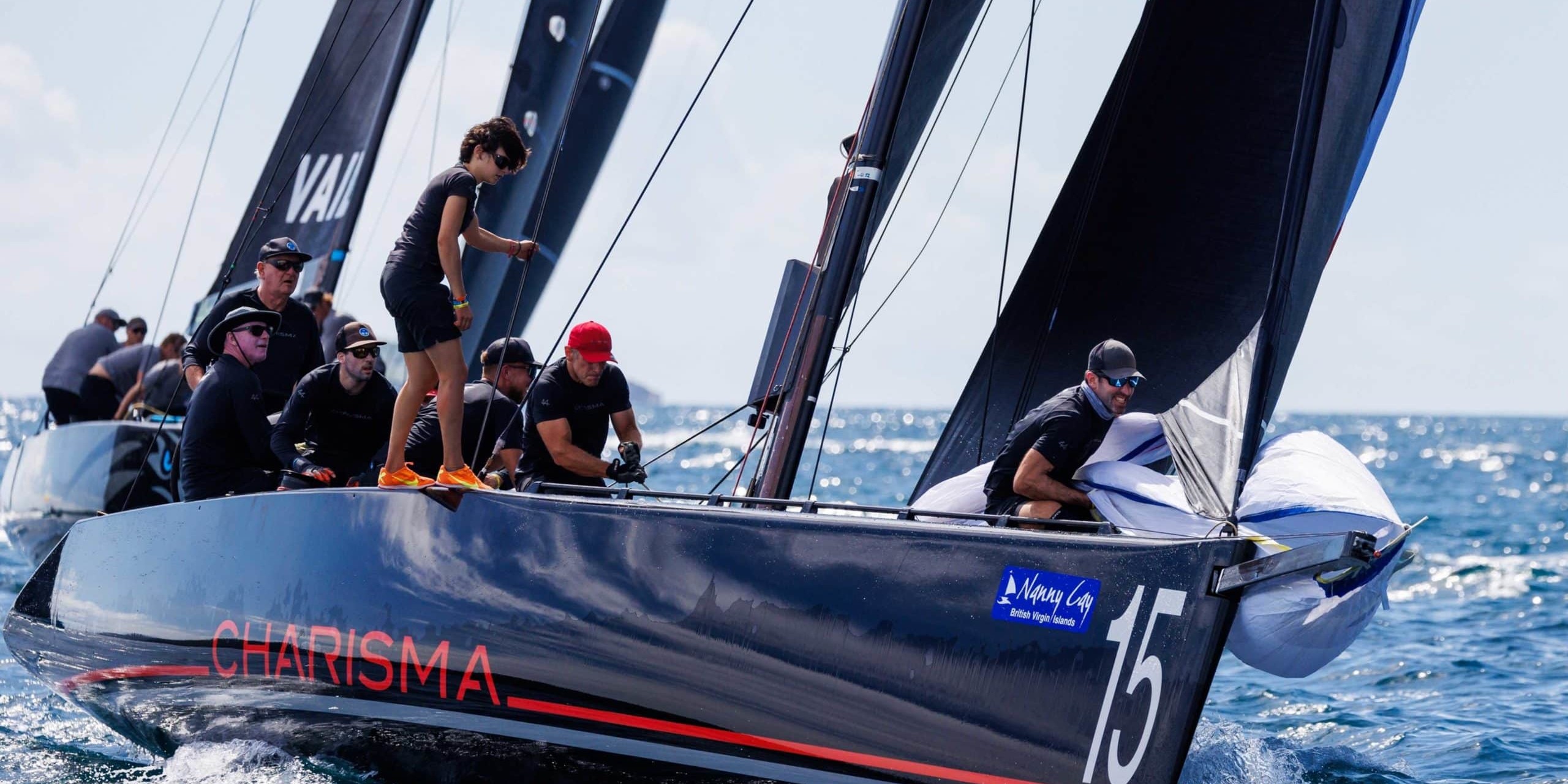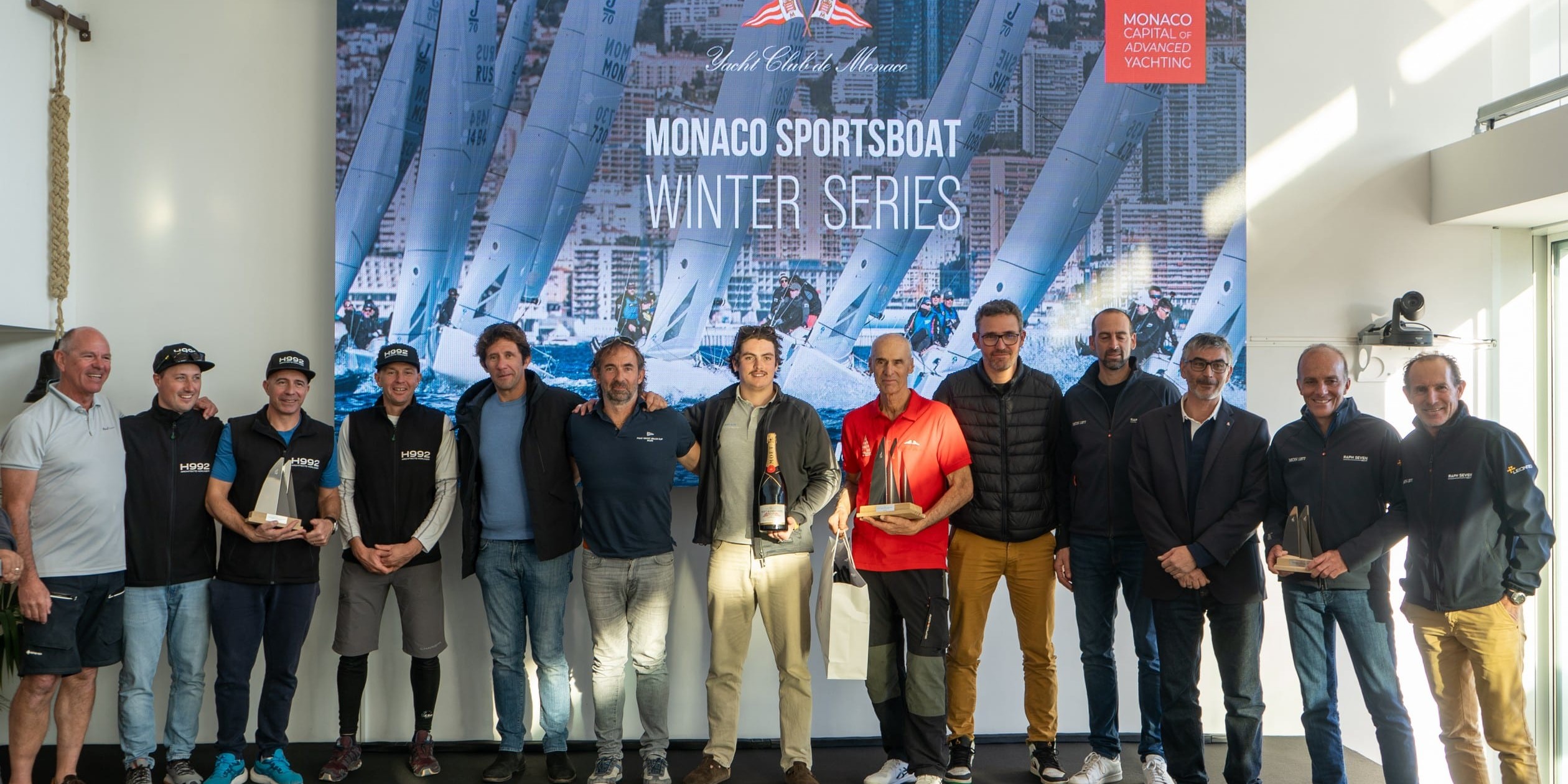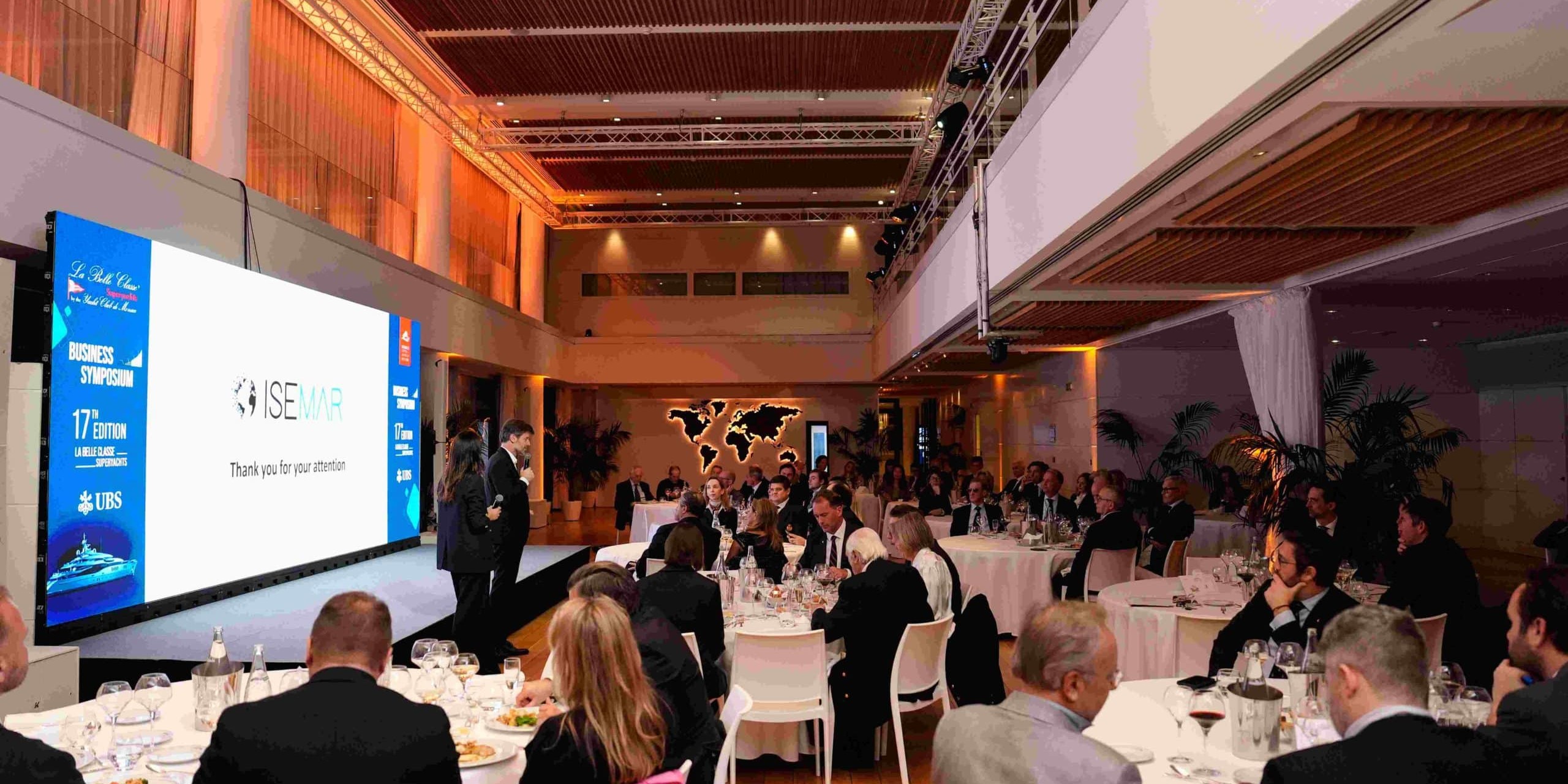Sir Ernst Expeditions
Sailing along Argentine Patagonia shores was much more difficult than expected.
In this region that extends nearly 1,500 miles, weather conditions are extremely variable and can change rapidly. To the west, the Andes are an obstacle to atmospheric disturbances, as air masses [from the Pacific] drop rain on the windward side and are dry by the time they descend on the pampas. There’s nothing to stop the weather for several hundred kilometres and sudden gale force winds can be violent when they reach the sea.
Sheltered anchorages are few and far between and often exposed, as we have experienced. In the south the few ports are very difficult to access, tucked away at the end of estuaries with constantly shifting sandbanks. The tidal range can be significant generating strong currents. As you descend south, southwesterly winds that blow cold as a front passes can reappear further north generating gales that generally last around 12 hours. It helps explain why our journey took longer than expected.
But somewhere not far off Tierra del Fuego, an island appeared. We will not name it. Calm conditions that are rare at this latitude are required to access it, and for administrative reasons, access is no longer authorised. But if you’ve read Jules Verne, no doubt a certain lighthouse will give you a clue as to its identity.
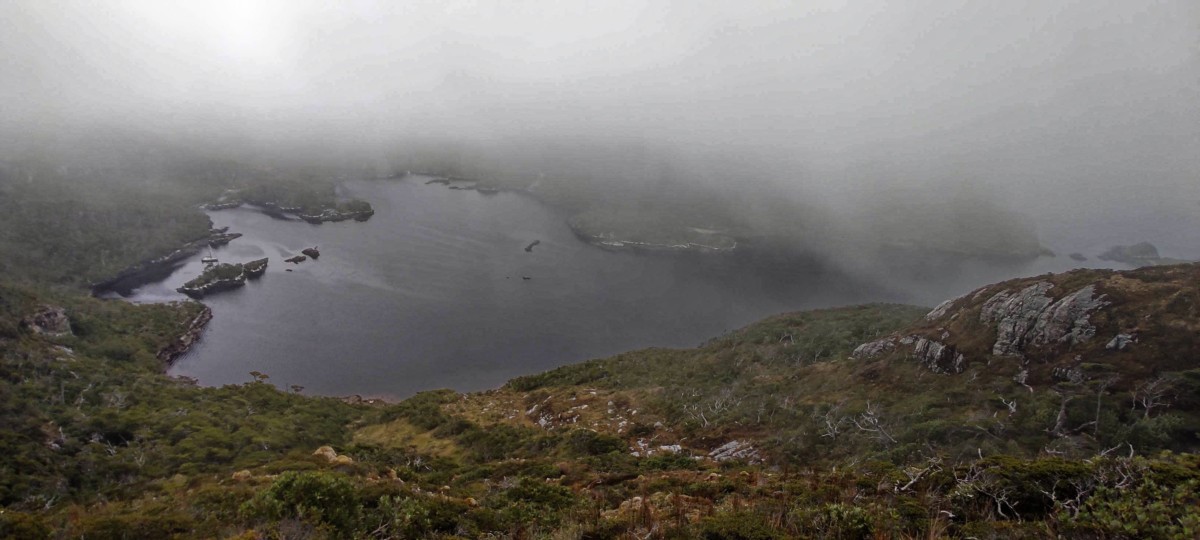
Sailors have long dreaded its waters. They sense its presence and are afraid to approach it as the currents there have a very bad reputation.
And when the island wants to be seen, its sinister air does not encourage the sailor to put in there. But Aeolus did our Sir Ernst a favour. A north-easterly air flow propelled us into the Le Maire Strait and there it was, not far off our route. Thick fog prevented us seeing the shoreline, but in the distance its sunlit peaks hinted at a fine day ahead. As luck would have it, we needed to stop. As necessity obliged, we had our pretext for anchoring there, albeit briefly, in case the four Argentine sailors stationed at the island’s only base came out to inspect us.
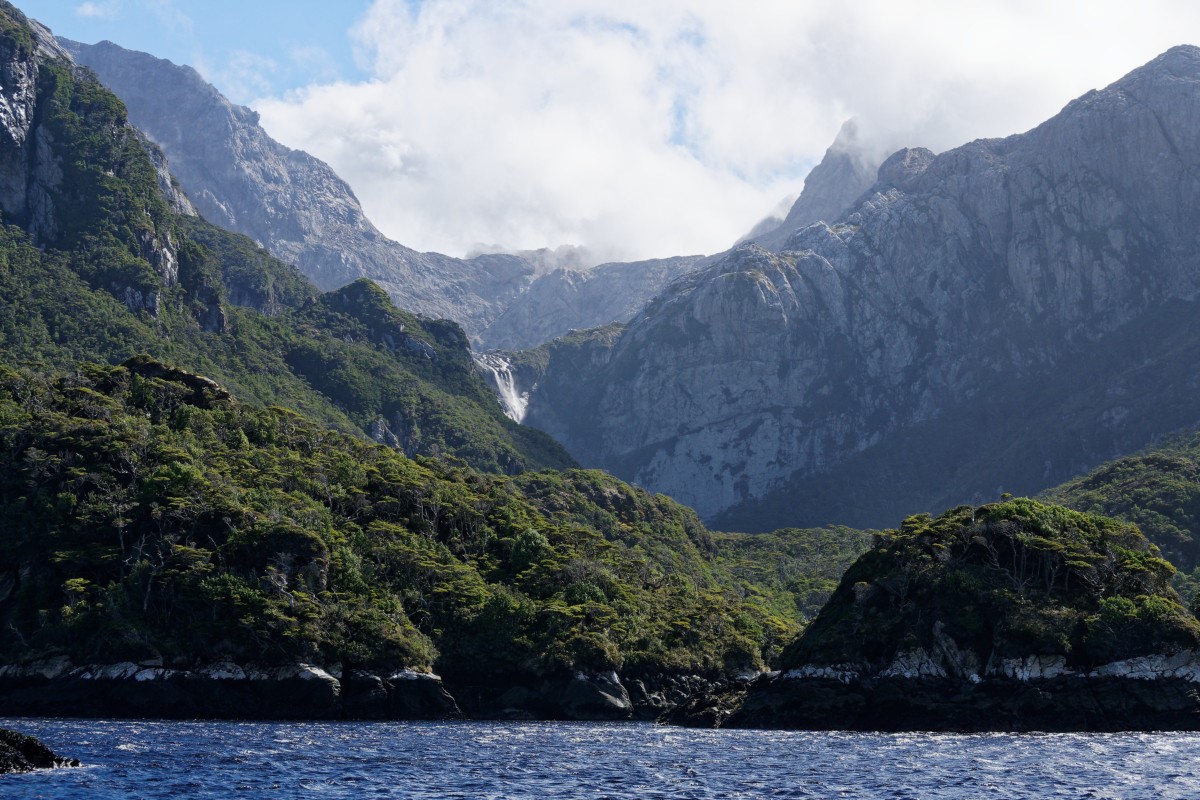
Going back to Jules Verne’s novel, “The Lighthouse at the End of the World”, chapter 2 provides a remarkably informed and detailed description of its geography, fauna and flora. You’ll want to know the real story of how the lighthouse was built in the 1880s by Argentine convicts. Most would perish and be buried not far from the site which had proved such a terrible ordeal for them.
The Frenchman, André Bronner, known as Yul, fell in love with the island. After devoting many years of his life rebuilding the lighthouse, he completed an epic solo crossing from the island. He would go on to build a replica in La Rochelle.
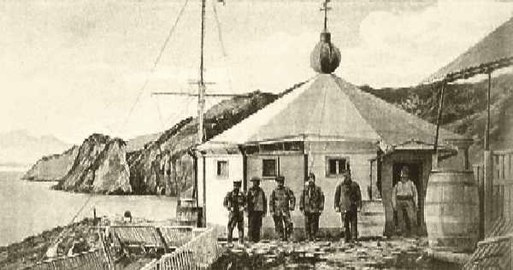
The San Juan del Salvamento Lighthouse in 1898
Our stay with Sir Ernst was brief. Having finished our repairs very quickly, we enjoyed two calm days, one of which was sunny – perhaps one of the rare sunny days of the year!
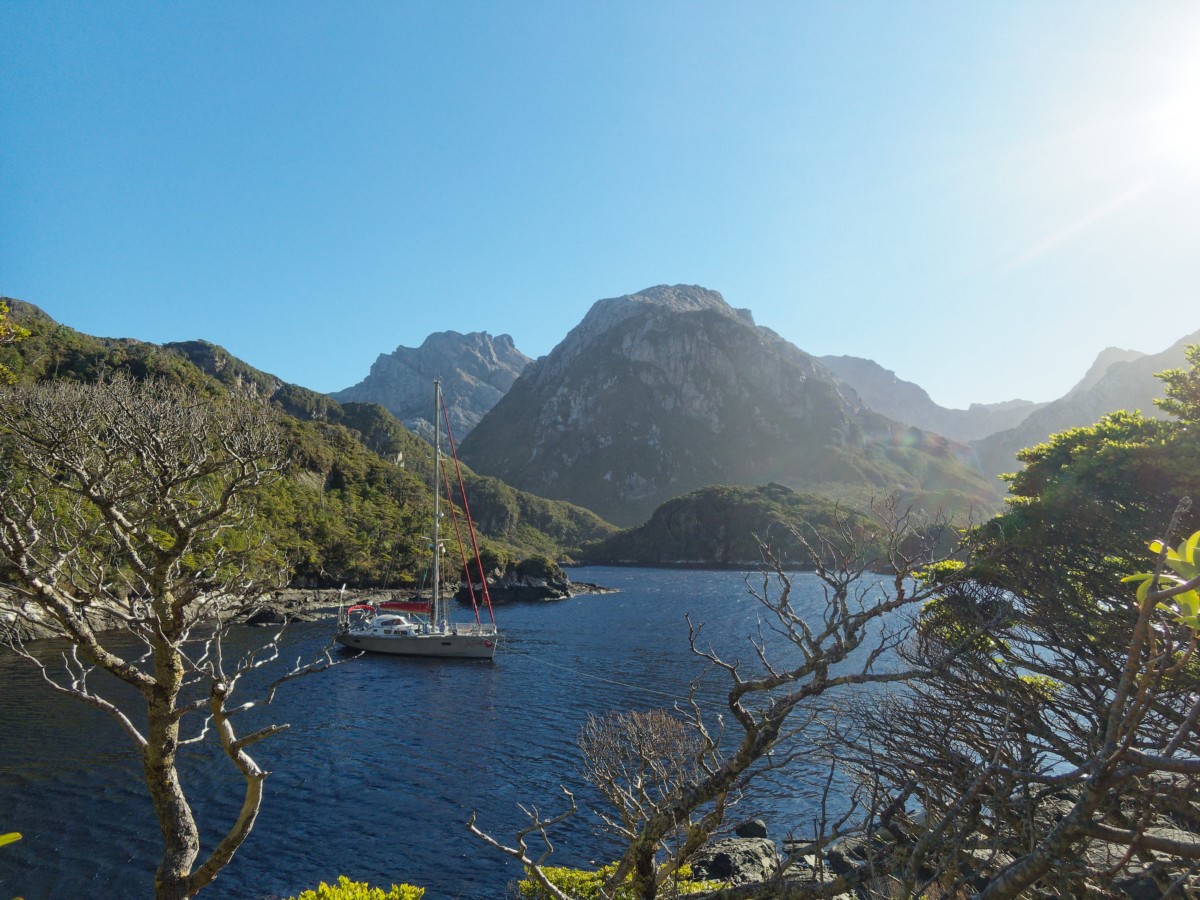
We made the Le Maire Strait crossing at night, calm conditions having been forecast. We had 25 knots – that’s their idea of “flat calm” in these parts!
We finally arrived in Ushuaia in extremis, the diesel tank gauge showing just one per cent left as we moored up. As preparation of our boat has been completed, it just remains for us to leave.
Antarctica beckons…
Hervé
Dernières publications
16 February 2025
First stage first win for Nico Poons
RC44 - 44Cup Nanny Cay It’s called getting a grip on the season from the start, as demonstrated…
9 February 2025
A 100% Monaco Podium
Monaco Sportsboat Winter Series – Act III 6-9 February 2025 Sunday, 9 February 2025. Act…
7 February 2025
Yachting and geopolitics: Economic challenges and adaptations in a changing world
Each year, the Yacht Club de Monaco brings together key players from the international yachting…

